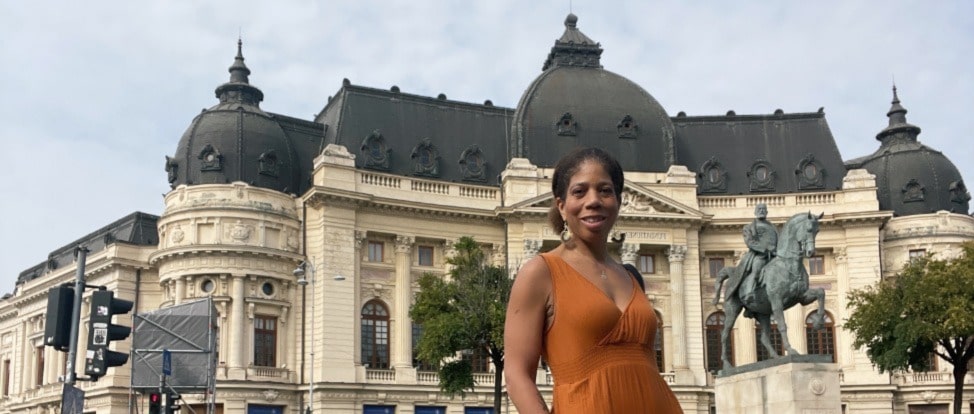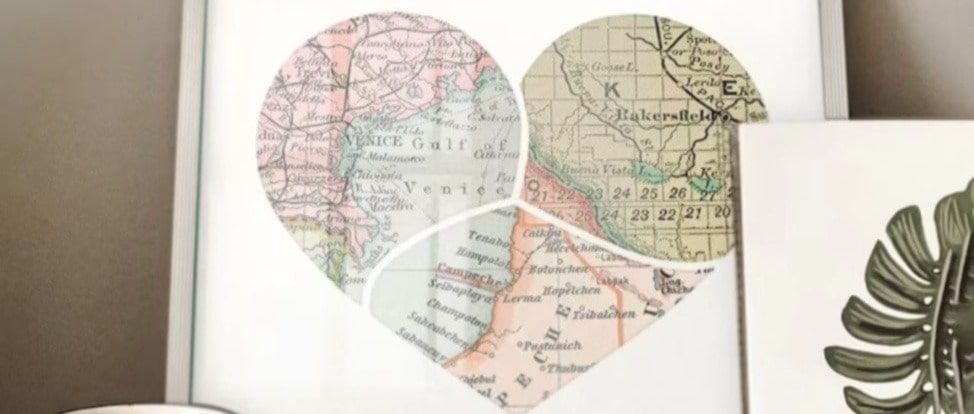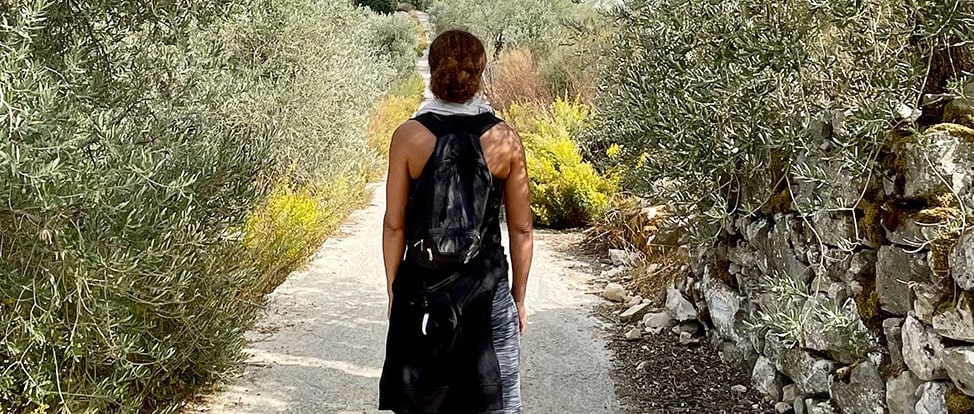I had the chance to ponder those questions while traveling through the Armenian countryside last month. For a little while I ended up on the Silk Road – the Silk Road – that carried merchants, artists, bandits, explorers and clergymen from Western Asia (Armenia, Turkey, Lebanon), to the Middle East (Iraq, Iran, Syria,) into parts of Central Asia (Kazakhstan, Uzbekistan, Afghanistan) the Indian subcontinent and Asia (Japan, Korea and China).
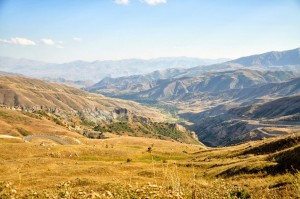 |
| The Silk Road awaits |
As we drove along the desolate roads that cut through the rolling, rocky hills of central Armenia, I could easily imagine trading in my seat on our blue van for a horse, and our luxury hotels for a night at a Caravanserai.
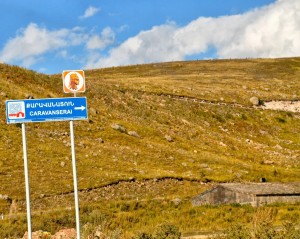 |
| Bright blue skies, rolling hills, and the Caravanserai awaits |
The Caravanserai were inns along the Silk Road where travelers could rest, feed their animals, get a meal and probably most importantly, stay out of harms way as night fell. In the Caravanserai, travelers met, exchanged information about the road, discussed trade deals and no doubt formed both economic and military alliances. Aside from the fact that there were likely no women travelers staying in these inn’s, I can easily picture myself sitting amongst fellow road warriors. This is where I would have traveled. This is where I would have belonged.
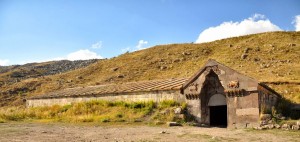 |
| Low and partially camouflaged by the rising hill, the inn where weary travelers would have stayed for the night. |
Walking among the ruins of the Caravanserai that we visited, with few other people around to break the silence, I felt right at home. Not exactly deja vu, or a belief in a past life experience, but rather like an understanding of what it must have been like back hundreds of years ago.
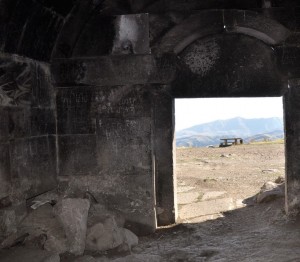 |
| The adventure continues beyond these doors |
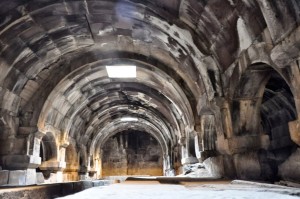 |
| Though sparse and cavernous now, I can image this building full of travelers and their wares. |
The Caravanserai we visited would have housed travelers as the entered or exited the Selim Pass. The building was a low, one story stone structure with narrow windows to avoid attracting bandits and thieves. There were limited and well guarded entry and exit points so as to know who was coming and going. Safety first. Its hard to tell from the restored ruins of the building, but I’m guessing that location and safety won out over comfort. These inns were definitely closer to the hostel side of the hospitality scale. But what do you expect when your livestock stays in the same structure as you do?
Built in 1332, Selim Caravanserai was used as an inn until sometime in the 15th century. Restored in the 1950’s, the Selim Caravanserai is a site well worth including on any Armenian journey, particularly if you’re an avid traveler with an interest in history and cultures.








